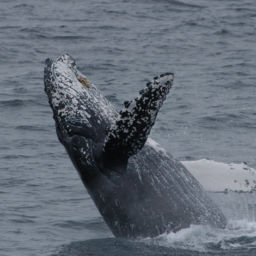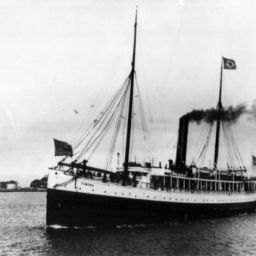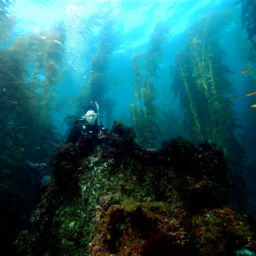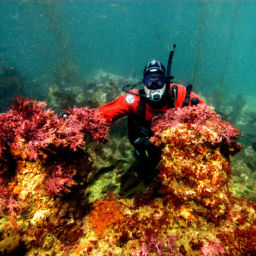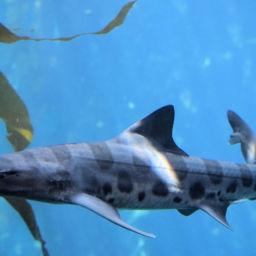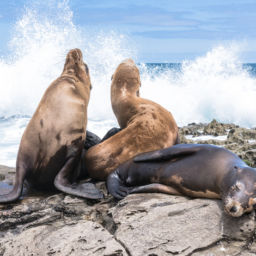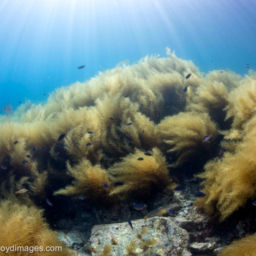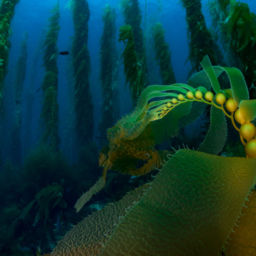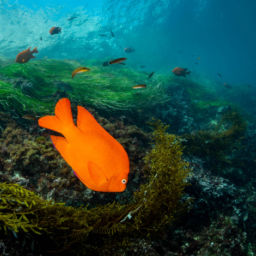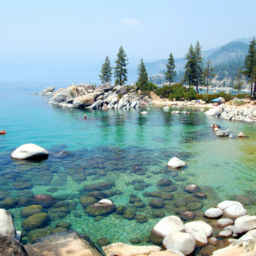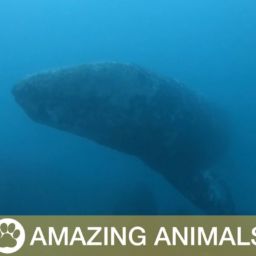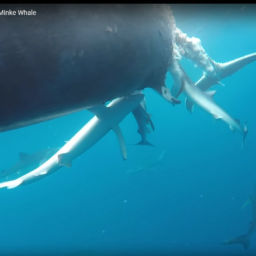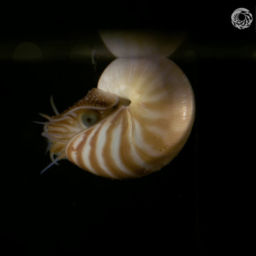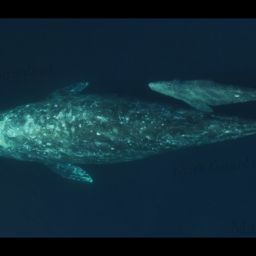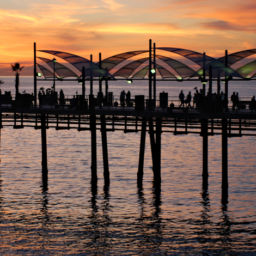Rumors started to spread in mid-January 2016 in San Diego that a giant shipwreck had emerged from Coronado’s shore. To many divers’ surprise, El Niño’s rough surf and ripping tides had unveiled a buried 300-foot gambling ship, the SS Monte Carlo. This was the first I had ever heard of the beached ship. News that the scandalous shipwreck had been hiding in the sand for the last 79 years blew me away. I wanted to learn more about its rebellious past.
The SS Monte Carlo
The buried ship was built 1921 as an oil tanker in North Carolina. The mob bought it in 1932 and remodeled into an adult-amusement ship, featuring dance floors, card games, liquor and ladies. The party began in Long Beach, but the continuous government pressure shoved the mobsters south. Almost three years later, the ship relocated three miles offshore from San Diego in international waters, conveniently moored near Coronado’s military base and Mexico. Ships such as these, just out of reach of the U.S. government, were called “Sin Ships.” Even after Prohibition ended, illegal games and prostitution made huge profits for ex-bootleggers. Little did they know that their luck would end on New Year’s Day of 1936.
El Niño uncovers the ship
El Niño appeared that year as well, with unpredictable winds and 15-foot swells. Rough conditions ripped the ship free of its anchor and it ran aground. The ship’s owners did not claim the beached wreckage, leaving the Monte Carlo abandoned and vulnerable. Locals looted anything valuable and city officials confiscated all paraphernalia. After being completely stripped, only the heavy hull was left to sink in the sand.
As the decades passed, California’s storms swept a blanket of sand over the weathered remains. Located near one of San Diego’s largest tourist attractions, Hotel Del Coronado, people began to overlook the buried wreck. Beachgoers occasionally saw evidence of its remains during winter’s low tide, but its massive concrete frame is only truly exposed when El Niño hits Southern California. After years of hibernation, this year’s powerful El Niño unearthed the Monte Carlo once again.
Diving the SS Monte Carlo
Since the ship has reappeared, you’ll see excited landlubbers exploring the wreck for the first time and tourists taking selfies while standing on the decomposing bow. Meanwhile, my buddies and I attempted to dive the shallow, surge-prone site. Lifeguards are prepared to help in case someone falls on the jagged frame, which isn’t uncommon. One guard explained how their crew shaves any exposed rebar, calling it “trimming Monte’s whiskers.”
While gearing up, I bumped into a local surfer. Even though his buddies called this particular break “Shipwreck,” he had never seen “Ol’ Monte.” Knowing that I was a diver, the surfer asked me if I was looking for the silver treasure. I had to reply yes — I’m a treasure hunter at heart — because I’m optimistic that there’s silver buried beneath the sand. Although a rumor circulated that a long-time diver discovered $410,000 in silver coins in 2012, it was later exposed as an April Fool’s prank. No one ever found the fortune. So it was high time someone scanned the site with underwater metal detectors.
Searching for silver
Fortunately, I’ve got buddies with the tools to search for silver. When I found out about the marooned ship, I donned my drysuit and full-face mask to scout the outskirts of the wreck. Visibility was less than a foot and the strong water movement made it difficult to shoot any underwater footage. So we took advantage of this season’s extra-low tides and scanned the shallows with the metal detectors, only to find silver chains and debris. To get a closer look below the surface, we tried freediving the non-overhead nooks and crannies. Shortly, we realized why no one has dug up the mysterious silver from below decks. The rushing waves generated high surge, forcing us into crevices, and people cover the wreck during low tide. We noticed kids following us in, so we called it to avoid putting untrained divers into an unsafe situation.
Although we haven’t had the best luck yet, we’ve got a plan for diving the wreck in the future. We know where the Monte Carlo was originally moored, and we have the previous years’ swell charts. We’ve got to explore the wreckage soon, though — in time, the city of San Diego will replenish the beach with imported sand and the SS Monte Carlo’s popularity will fade away until the next big El Niño releases it once again.
Exploring the SS Monte Carlo
After my attempts to dive, snorkel and scout Monte Carlo’s rusty remains, I’d like to share a few tips with those who also want to explore the beached shipwreck.
Go during low tide
San Diego’s low tide exposes the shipwreck — the lower the tide the better. Although the ship is at the surface, you can reach depths of 13 feet (4 m) on a dive.
Explore during calm conditions
The returning tide generally brings bigger surf. If the forecast predicts 3-foot (1 m) surf or more, don’t attempt a dive.
Wear hard-soled booties
Prepare properly if you want to walk on the jagged, algae-slick surface. This ship offers a variety of ways to slip, fall and land on a rusty edge.
Watch your step
The moving water hides the deteriorated deck hatches and sharp edges. I saw several people fall into flooded hatches. Fortunately, they were not hurt.
Keep track of your kids
I found myself patrolling the shipwreck one afternoon because of the many kids jumping onto the submerged deck. The ocean can be powerful. I suggest showing small kids the wreck from the boardwalk and/or staying in knee-deep water.
Protect your camera
I highly suggest putting your phone and/or camera in a water-resistant housing, and using a leash. The water swept at least one tourist’s phone underneath the ship’s bow.





